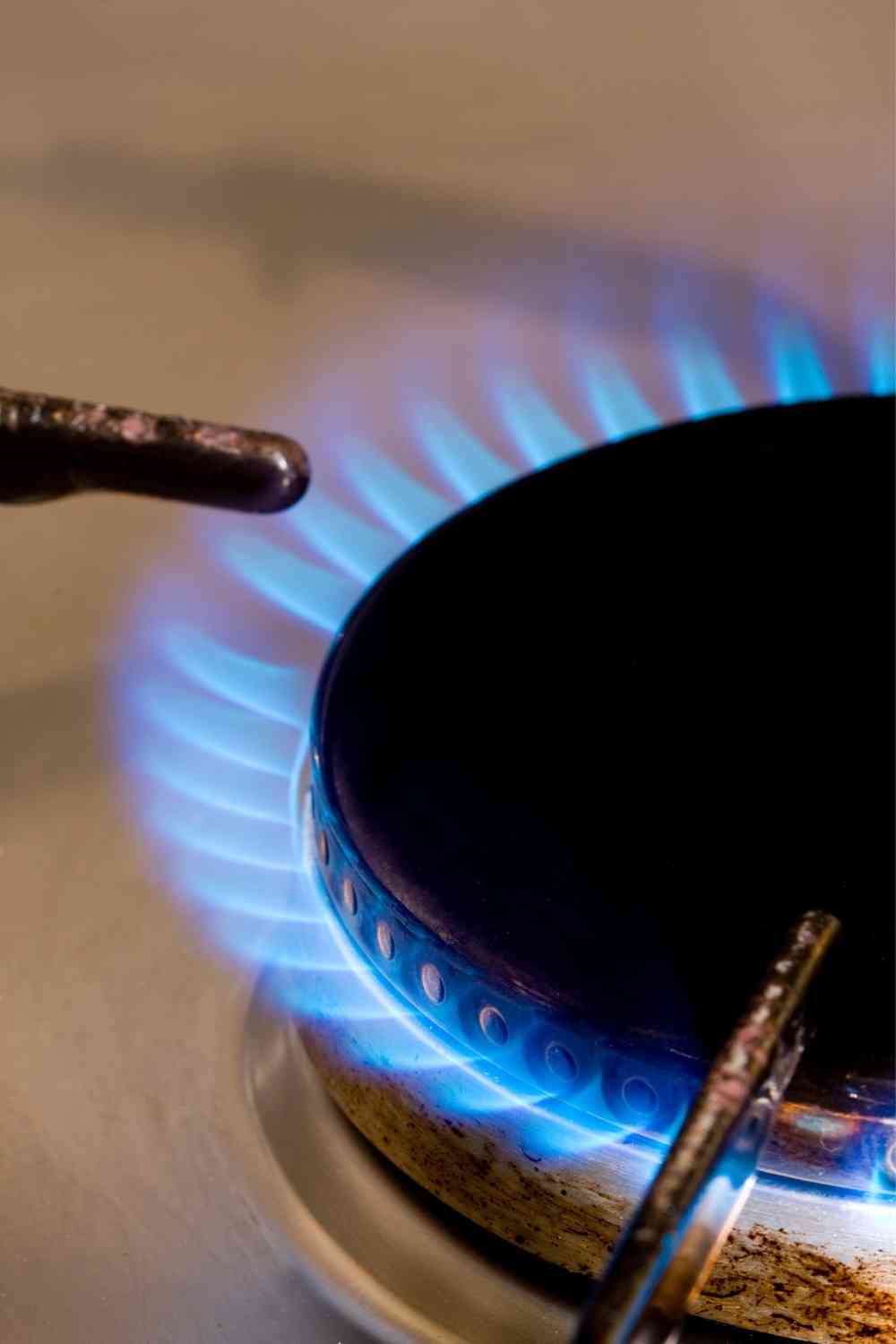Because the kitchen is one of the most hazardous areas in the home, everyone should be familiar with kitchen fire safety. Cooking equipment is the top cause of house fires and fire injuries, according to the National Fire Protection Association (NFPA), accounting for over half of all home fires that end in injury or death.

These are alarming figures, but don't get rid of your stove just yet. Kitchen fires can be avoided, which is excellent news. Below, we'll guide you through four important kitchen fire safety recommendations.
Jump to:
1. Always keep an eye on the cooking materials
According to the National Fire Protection Association, unattended equipment is to blame for 31% of home kitchen fires. Cooking fires may be avoided by:
- Cooking with a lid nearby: Because fire requires oxygen to survive, many house fires may be put out with rapid thinking (and a fire-safe lid).
- Staying alert: this may seem simple, but it is crucial. When using the cooktop or an open flame, avoid drinking alcohol and always stay in the room.
- Regularly inspecting food in ovens and pots: just because fire is hidden from view doesn't mean it isn't harmful. Keep an eye on any food you're warming in the oven, as well as any pots and pans that are simmering.
2. Recognize Smoke Points
According to NFPA data, the igniting of food or other cooking ingredients causes 66 percent of all home kitchen fires. This is particularly true with cooking oil, which, according to the NFPA, is the leading cause of cooking fires.
A smoke point may be found in most popular cooking oils. The temperature at which the fat or oil used in cooking starts to smoke is referred to as the smoke point. It happens when the temperature causes the fat in the oil to break down, resulting in a foul taste and odor in many situations. As a result, knowing the smoke point of the oil you're using is critical so you don't overcook your food or, worse, bring the oil to a flashpoint and start a kitchen fire.
A food thermometer may be used to monitor the temperature of the oil. Some of the most popular home oils and their smoke points were revealed by The Spruce Eats:
- 200°F to 250°F for butter
- 400 degrees Fahrenheit for canola oil
- 440 degrees Fahrenheit for corn oil
- 375°F extra virgin olive oil
- 391°F virgin olive oil
- 450 degrees Fahrenheit for peanut oil
- 400 degrees Fahrenheit for vegetable oil
For all of your frying requirements, choose an oil with a high smoke point, such as anything that has to be immersed in oil, cooked on high heat, or cooked for a long period. This is a critical kitchen fire safety tip.
3. Maintain the fire alarm system on a regular basis
A kitchen should have at least one fire alarm, according to most fire safety experts. Fire alarms have the potential to save your life, but only if they function properly. Our experts responded to the often asked issue, "How do fire alarms work?" in a recent blog article. The following are some of the highlights:
- Smoke alarms should be tested at least once a month.
- Ensure that everyone in your house, particularly chefs who have never used your kitchen before, is familiar with the sound of the fire alarm.
- Once a year, conduct a 'fire drill.'
- To keep your alarms operating properly, follow all manufacturer directions.
- Replace batteries on a regular basis, particularly if they begin to chirp.
4. Be Prepared in the Event of a Fire
While you should do all possible to avoid a kitchen fire, accidents can occur. Fire-Rescue professionals have split down their advice depending on the origin of the fire:

- Microwave and oven fires: experts advise that you undertake the following in the case of a microwave or oven fire:
- Close the door behind you.
- Turn the appliance off and, if feasible, disconnect it.
- Allow the fire to burn out in a contained location; opening the door will just provide oxygen to the fire, fuelling it.
- Many cooktop fires may be avoided by keeping the lid of the pot or pan you're using close at reach. If a fire does occur, smother the flames by covering them with the top. Keep a baking sheet or something similar handy if the pot you're using doesn't have a cover.
- Oil and grease fires are among the most deadly, according to the specialists at Fire Rescue. In the case of a grease fire, they advise doing the following:
- A lid or a baking sheet might be used to put out the flames.
- Turn the heat off at the source.
- Cover the flames with baking soda or salt if the grease fire is small.
- If required, use a fire extinguisher to put out the flames.
Ask yourself the following questions in the case of a kitchen fire:
- What is the size of the first fire?
- How quickly is the fire spreading?
- What is it that is stoking the fire?
- Is there anything that can fuel the fire if it's close by?
- Is there anybody you need to get out of the house?
If you've answered yes to these questions and determined that the situation is out of your control, or if the situation changes and you no longer feel secure or safe, contact 9-1-1 or the fire department right away.
5. Keep your kitchen fire-safe
Kitchen fires are one of the most prevalent types of house fires. With a little forethought and the assistance of these four kitchen fire safety precautions, you can keep your home and loved ones safe.




